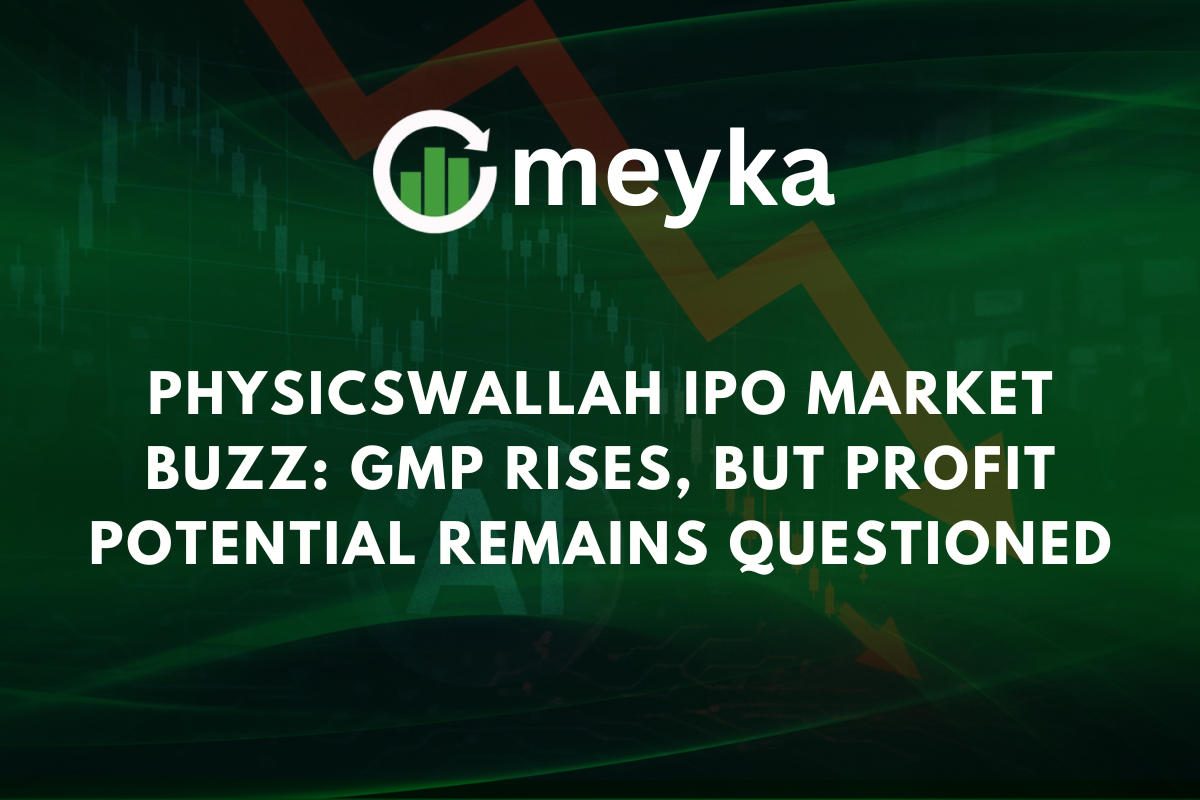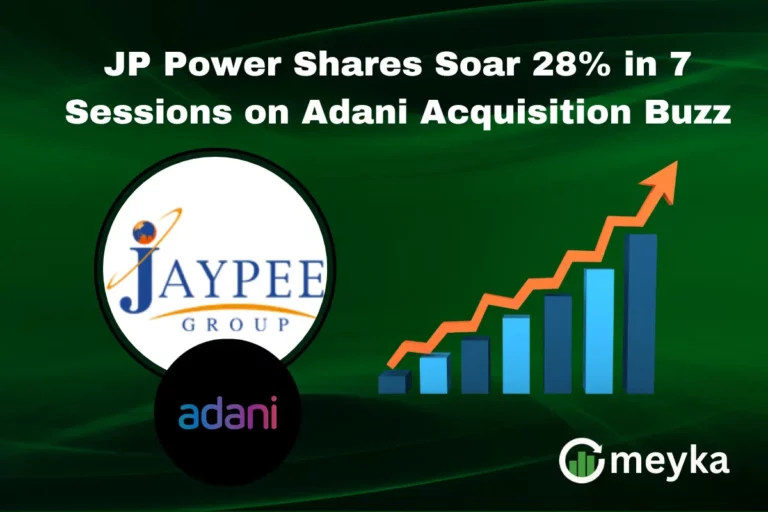PhysicsWallah IPO Market Buzz: GMP Rises, But Profit Potential Remains Questioned
The PhysicsWallah Ltd IPO has become one of the most talked-about listings in India’s education-technology space. With a grey-market premium (GMP) signalling possible listing gains and institutional backing in place, the excitement is real.
Yet investors are asking: Can the company deliver sustained profits and justify its lofty valuation?
Here’s a detailed breakdown of the PhysicsWallah IPO, what the GMP is telling us, what the valuations and financials show, and why long-term profit potential remains under scrutiny.
PhysicsWallah IPO: What Investors Should Know
PhysicsWallah has planned a massive ₹3,480 crore initial public offering, comprising a fresh issue of ~₹3,100 crore and an offer for sale of ~₹380 crore by existing shareholders.
The price band has been set at ₹103 to ₹109 per share. At the upper end this implies a post-issue valuation of around ₹31,000 crore (roughly US $3.2 billion).
Subscription and GMP (Grey Market Premium)
Subscription was moderate: overall ~1.92 times, with qualified institutional buyers (QIBs) ~2.7 times, non-institutional investors (NIIs) ~0.48 times and retail ~1.06 times.
In the grey market the GMP has ranged from ~₹9 to ~₹14, signalling a potential listing pop of 8-13% depending on the specific quote used. For instance, one update states GMP ~₹14 as of Nov 18 morning.
What does a GMP of ₹14 mean? It means that in the informal (grey) market, someone is willing to pay ~₹14 above the issue price of ₹109 per share, suggesting a listing price around ~₹123 and a gain of ~12.8%.
Business model and growth metrics
Founded originally on YouTube by Alakh Pandey (and co-founded by Prateek Maheshwari), PhysicsWallah has evolved into a hybrid ed-tech player with both online and offline presence. It offers test-prep for JEE, NEET, UPSC, etc., and upskilling programmes. By June 2025 the company had over 13.7 million YouTube subscribers and 303 physical learning centres.
In FY25 it reported revenue of ~₹3,039 crore (a ~51% year-on-year growth) and turned a net profit of ~₹243 crore versus a loss of ~₹1,131 crore in FY24.
Why the Strong GMP but Mixed Sentiment?
Positive factors boosting interest
- The ed-tech sector remains of strategic interest in India, and PhysicsWallah is seen as one of the few credible players moving to profit.
- The combination of strong online reach, emerging offline footprint and brand recognition creates story value.
- Anchor investors have shown commitment: for example, ~₹1,563 crore was raised from anchor investors ahead of the listing.
- The GMP indicates that market participants expect a decent listing gain, showing investor appetite for the issue.
Why analysts are cautious, focus on profit potential
If the GMP is good, why is there scepticism?
Because while the turn to profitability is encouraging, PhysicsWallah still has key risks:
- It faces stiff competition from larger ed-tech firms like Byju’s, Unacademy and Vedantu in India.
- While FY25 shows profit, prior years show large losses and the offline expansion is capital-intensive, which may impact margins.
- Valuation is demanding: at the upper price band the IPO is valued at ~10.7x FY25 price-to-sales multiple (post issue) which investors may consider high for this sector.
Grey-market premium versus fundamentals
Despite a GMP at ~₹14, analysts point out that GMP alone does not guarantee strong post-listing upside. The key will be execution, margin improvement, and sustained growth. Some brokerage houses have graded the issue as “Subscribe” while others are neutral or even avoid.
Risks and Reward Scenarios for PhysicsWallah IPO
Possible reward scenario
- Listing pops of ~8-13% could happen if market sentiment remains positive and nothing negative emerges on listing day.
- Over the long term, if the company successfully scales its offline centres, converts users, retains top teaching talent and grows margins, the valuation might still look justified.
- For investors with a multi-year horizon, it may represent an entry into India’s growing ed-tech ecosystem.
What could derail the story
- If growth slows or competition intensifies, profitability may slip and valuation may come under pressure.
- Execution risk is high: offline and hybrid education models require large investment, location selection, faculty strength and retention of students.
- The broader ed-tech sector has seen disruptions: many peers have faced layoffs, regulatory challenges or slower monetisation.
- Market sentiment on listing day and beyond could be muted if GMP fails to materialise into actual listing gains.
What should investors model?
- Short-term players may aim for the listing-gain window based on GMP, but must be ready for volatility.
- Long-term investors should stress-test assumptions: user growth, ARPU (average revenue per user), offline CAPEX, competition, margins and regulatory issues.
- Given the valuation, margin expansion and earnings growth will be critical for a multi-year return story rather than simply listing day gains.
Bottom Line on PhysicsWallah IPO
In sum: the PhysicsWallah IPO is a high-profile event marked by strong brand momentum, decent GMP signals and institutional backing. However it is not without significant risks. The listing may deliver a modest immediate gain but the real value will be unlocked only if the company executes on its growth and margin ambitions in the face of competition and capital intensity.
For investors:
- If you believe in the long-term growth of India’s ed-tech market and PhysicsWallah’s hybrid model, this may offer exposure.
- If your horizon is short and you prioritise low risk, then the modest GMP and demanding valuation may warrant caution or waiting for a more favourable entry.
The listing tomorrow will reveal how much of the market’s optimism is priced in and how much will hinge on execution. In a sector where many have stumbled, PhysicsWallah’s path to profit, scale and sustainable growth is now under the spotlight.
Disclaimer
The content shared by Meyka AI PTY LTD is solely for research and informational purposes. Meyka is not a financial advisory service, and the information provided should not be considered investment or trading advice.






